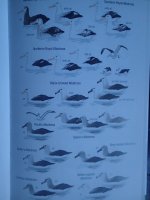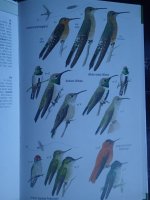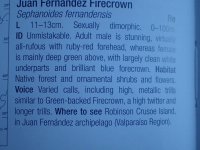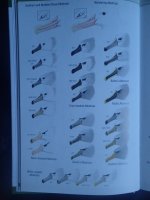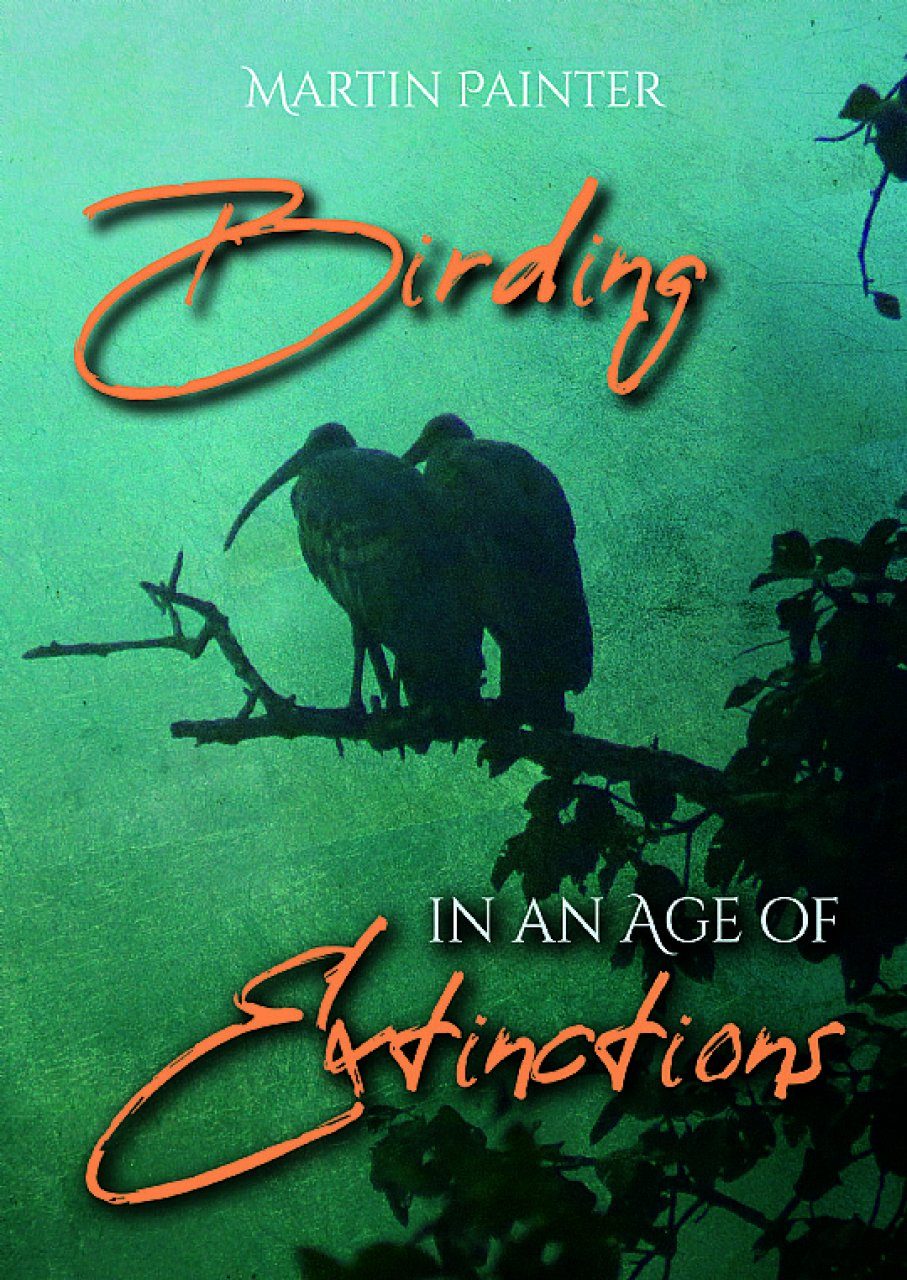Birds of Chile (Martínez Piña & González Cifuentes)
Has anyone seen any illustrations from the forthcoming Birds of Chile? The cover has been revealed, but the sample pages are from the Jaramillo field guide, not from the new one:
https://www.nhbs.com/birds-of-chile-book
The Jaramillo book was quite good IMO, this new one will have to be much better to be a real option?
I've not seen much about this, honestly. I agree that Alvaro's book is excellent and particularly with the thorough taxonomic notes that were included, it's taxonomy is still quite accurate / relevant. There are going to be very few changes of note - some range adjustments in the north, bringing pelagic bird distribution up to date, perhaps a little more up to date information on the ID of Peruvian Sheartail vs Chilean Woodstar. I'm sure there are a few other things that will have changed but it's hard to imagine major improvements over what is still a pretty gold standard guide?
Some pages and plates now visible in the NHBS website:
https://www.nhbs.com/de/birds-of-chile-pina-cifuentes-book
My comments refer only to the sample pages of the book, so I'm not sure my perception would change if I had seen the full book in detail.
The visible plates look nice, but I'm not sure they're an improvement from the Jaramillo guide. The text (species accounts) looks a bit unnecessarily too concise (given Chile has a relatively limited avifauna), to the point identification seems not to be detailed and really well addressed. Looking at the skuas plate, which looks nice (with the fluffy chicks shown as well) as all others in the samples, I feel a bit 'more' could have been done there; Jaramillo has 2 plates for all skuas, whilst only 1 is presented in the new guide. It seems striking that some range of plumage variation is illustrated for South Polar and Chilean Skuas, but Brown skuas are shown in only one adult plumage, suggesting the species is not variable, which is a shame. They do have notable variation (not to the point of South Polar though), with individuals having a degree of rufous patches (possibly from introgression with Chilean Skua) and the central tail feathers can show a confusing long projection (in some individuals increasing tail length by one third!). These issues should have been addressed in a field guide intended to be actually useful and functional. Jaramillo actually shows the two subspecies of Brown Skua in the region (Falklands: nominate
antarcticus, and Antarctica:
lonnbergi) with both separate illustrations and text for each, whereas all are lumped in the new guide with a minimal text.
I like that distribution maps show the species' distributions beyond Chilean borders (the Jaramillo maps had distribution only to the borders of Chile); however, again focusing on Brown Skua, the map (and text) seems to omit the huge Falklands population (but the resolution in the samples page is quite low, so I may be missing something), with the species shown as breeding only in the Antarctic Peninsula from where it migrates north (if so that's a major mistake in the book).
From what I can see, not very impressive (and difficult to classify as an improvement from the Jaramillo guide), but I'd say still interesting for everyone interested in the avifauna of that region.












